Serial, Parallel, & Layer Nodes Explained
You’ve probably heard about Serial, Parallel, and Layer nodes in DaVinci Resolve. Maybe you’ve even dabbled with them. Or perhaps you’re like many colorists starting out, just stringing Serial nodes together because you saw it in a YouTube tutorial (we’ve all been there!).
Understanding the difference between these node types – and crucially, when to use each – is fundamental to building efficient and powerful color grading structures. Sticking to only one type can seriously limit your creative options and even make simple tasks harder than they need to be.
In the video above, I dive into the core node types in DaVinci Resolve, explaining how they work and giving you practical examples. If you prefer reading or want a quick reference, let’s break down the essentials below.
Serial Nodes: The Workhorse
Let’s start with the bread and butter: Serial Nodes.
- How they work: It’s as simple as it sounds. One node feeds its output directly into the input of the next node, like a digital conga line. Each node in the chain applies its correction based only on the image it receives from the node immediately preceding it.
- Key characteristic: Order matters! The sequence in which you apply adjustments significantly impacts the final result.
- Example: If you completely desaturate your image in node 1, trying to qualify (select) a specific color like vibrant red in node 2 becomes impossible – you’ve already removed the color information!
- When to use them: Serial nodes are perfect for foundational, linear corrections where the sequence of operations is important (e.g., primary balance -> contrast -> saturation -> look adjustment). They form the backbone of most node trees.
Parallel Nodes: Simultaneous Adjustments, Equal Mix
Sometimes, you want to apply multiple corrections independently and have them mix together simultaneously without affecting each other’s input. That’s where Parallel Nodes come in handy.
- How they work: When you add a parallel node, Resolve creates a Parallel Mixer. The original input feeds into each parallel node separately. The outputs of these parallel nodes are then combined (mixed) in the Parallel Mixer before passing to the next node in the main chain.
- Key characteristic: Parallel nodes mix their adjustments equally. If you have adjustments that overlap (e.g., qualifying the same part of the image in two parallel nodes), the results will be blended together.
- Example: Imagine wanting to boost the reds, greens, and blues of an image separately but have the final result be a blend of all three adjustments applied to the original image state.
- When to use them: Parallel nodes are excellent when you’re working on multiple secondary corrections (like skin tones, sky, and foliage) that need to work together harmoniously, or when you want a more subdued, naturalistic blend of adjustments where no single correction dominates.
Layer Nodes: Hierarchy and Creative Control
What if you don’t want your adjustments mixed equally? What if one specific correction needs to take precedence over others? Say hello to Layer Nodes.
- How they work: Layer nodes also use a mixer (the Layer Mixer), but instead of mixing equally, they stack like layers in Photoshop. The node connected to the lowest input on the Layer Mixer gets top priority – its output essentially sits “on top” of the others.
- Key characteristic: Layer nodes create a hierarchy or “pecking order.” The topmost layer (lowest input) has the final say in areas where adjustments overlap. You also gain access to Compositing Modes (like Add, Subtract, Overlay, etc.) for each layer, opening up huge creative potential.
- Example: You might use a layer node to apply a strong stylistic look while ensuring a specific skin tone correction (on a higher priority layer) remains untouched by the overall look.
- When to use them: Use Layer Nodes when you need to prioritize certain adjustments over others, isolate corrections definitively, or leverage compositing modes for advanced creative effects and blending.



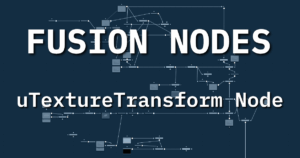
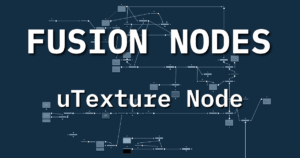
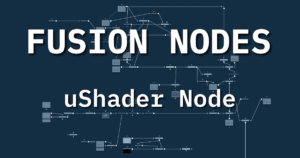
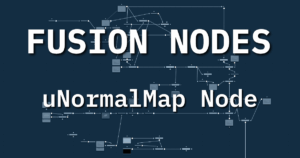

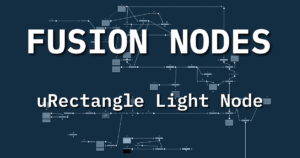

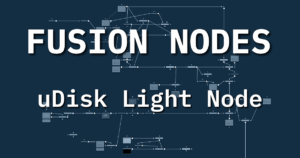
Start the discussion at postprolist.com